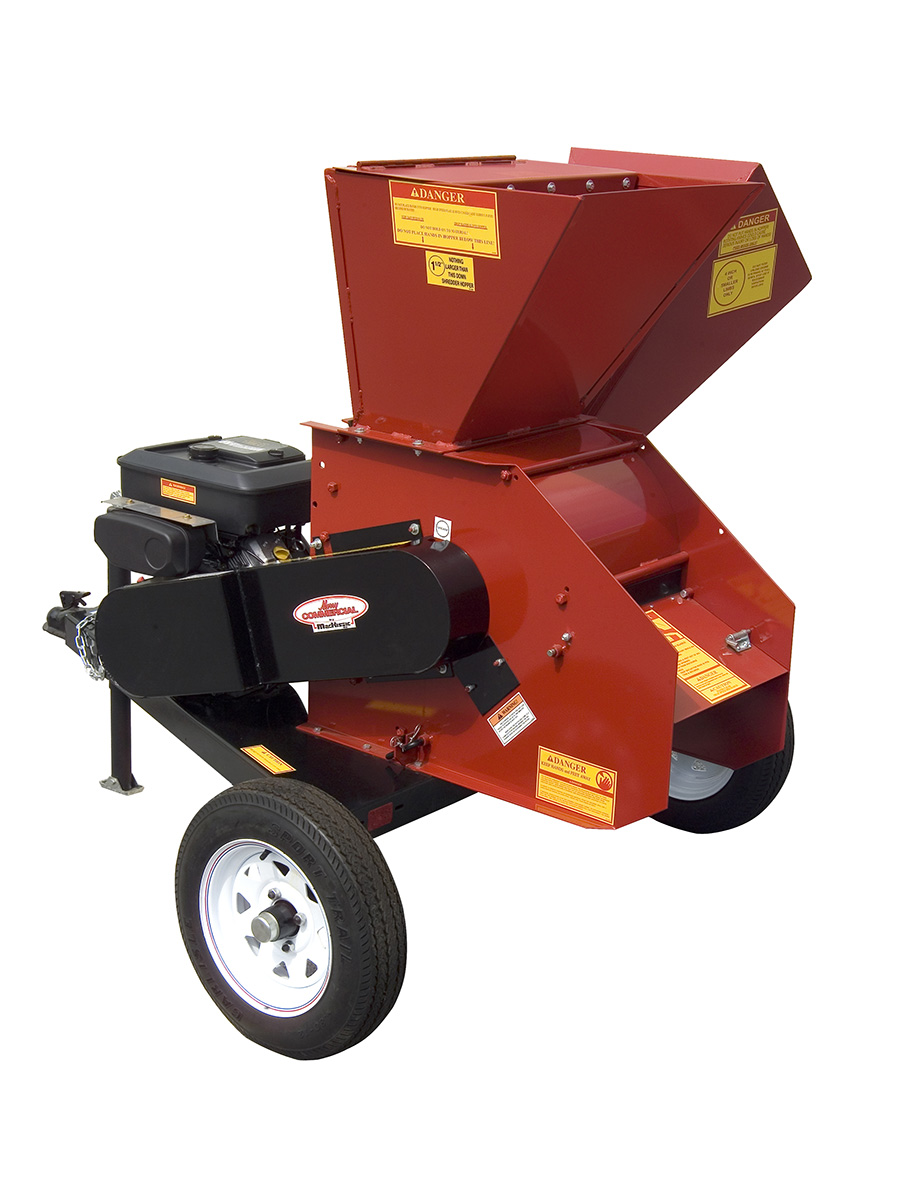Wood Chippers Tailored for Landscapers & Property Owners
Wood Chippers Tailored for Landscapers & Property Owners
Blog Article

As the winter season gives way to spring in the Mid-Atlantic region of the US, property owners find themselves grappling with the aftermath of a harsh and windy winter. Across lawns and gardens, a medley of yard debris and tree branches presents itself as a common challenge. To effectively navigate the cleanup ahead, it is crucial to comprehend the types of debris accumulated and the varied levels of damage endured by trees.
Following a blustery winter, yard debris can range from sizable fallen branches to scattered leaf litter and twigs. Trees, major contributors to this debris, shed branches due to heavy winds or weakened limbs. The nature of the debris largely depends on the tree varieties present on the property, with some, like the brittle Bradford pear, prone to breakage and necessitating more extensive cleanup. Others, such as oak or hickory, may shed smaller branches and leaves, requiring less maintenance.
Factors Influencing Tree Susceptibility to Damage
Certain trees are annually susceptible to damage due to distinctive characteristics. Wood density, branch structure, and natural weaknesses are key factors influencing a tree's vulnerability. For instance, trees with denser wood, like maple or beech, may resist breakage better than softer wood varieties such as willow or poplar. Shallow root systems, susceptibility to diseases, or pest-prone trees are also more likely to sustain damage during windy conditions.
In the Mid-Atlantic region, residential properties commonly feature fir trees like Douglas fir and Fraser fir, ornamental fruit trees like apple and cherry, and flowering shrubs like azaleas and rhododendrons. The diversity of vegetation on these properties adds to the complexity of yard management.
Cleaning up a property after a windy winter can be labor-intensive. However, homeowners and landscapers can significantly streamline this process by employing a wood chipper shredder machine. These machines efficiently convert yard debris, including branches and twigs, into smaller wood chips or mulch, reducing waste volume and facilitating disposal.
Key Features of a High-Quality Gas Powered Wood Chipper Machine
The MacKissic gas powered wood chipper stands out as an exemplary machine for this purpose. Its robust design, powered by a dependable gas engine, enables it to effortlessly process various types of debris. Equipped with durable blades and a well-engineered shredding mechanism, this machine ensures efficient and safe operation, delivering consistent performance. A tow behind wood chipper model is a powerful outdoor machine designed to be attached to a car hitch, behind a tractor, or another suitable vehicle. Most wood chippers made in the USA are equipped with a heavy-duty engine and cutting mechanism to efficiently process branches, twigs, leaves, and other yard debris into smaller wood chips or mulch. The Mighty Mac design and construction underscore the value of superior manufacturing procedures and equipment design in outdoor power equipment.
Powerful Engine: At the heart of the Mighty Mac Hammermill 12P lies a robust gas-powered engine, engineered to deliver substantial power required for efficient chipping and shredding of various types of yard debris, including branches, leaves, and twigs.
Durable Construction: This wood chipper boasts a sturdy and durable build, constructed with heavy-duty materials such as high-grade steel components and reinforced structures.
Innovative Hammermill Mechanism: Unlike traditional wood chippers with cutting blades, the Mighty Mac Hammermill 12P employs a unique hammermill mechanism.
Versatility in Processing: The Mighty Mac 12P offers exceptional versatility in handling a wide range of yard waste, including branches, leaves, pine needles, and other organic materials.
Safety Features: Safety is paramount in its design, incorporating various safety features like emergency shut-off switches, hopper safety guards, and mechanisms to prevent accidents during operation.
User-Friendly Design: The machine is engineered for ease of use, featuring intuitive controls and a simple feeding mechanism.
In contrast, opting for a lower-priced, poorly designed wood chipper may lead to numerous consequences. Inferior materials and construction standards can result in frequent breakdowns, inefficiency in chipping, and safety hazards. Investing in a low-quality machine might save money initially, but it often leads to costly repairs, inefficiencies in cleaning operations, and potential safety risks for users.
Once the debris is processed by a gas powered wood chipper, the resulting wood chips or mulch can be utilized to mulch flower beds, gardens, and walkways. This sustainable practice not only minimizes waste but also enriches the soil, regulates moisture, and suppresses weed growth. Mulching with processed wood debris from spring cleaning efforts provides a natural and beneficial way to enhance the landscape.
Managing yard debris and tree branches post-winter requires understanding the various types of debris, the susceptibility of different trees to damage, and the benefits of using a high-quality wood chipper shredder. Investing in a well-designed machine like the MacKissic gas-powered wood chipper ensures efficient cleanup, while mulching the processed wood debris offers a sustainable approach to enhancing the property's landscape. Efficient cleanup methods not only restore the property's appearance but also contribute to its long-term health and beauty.